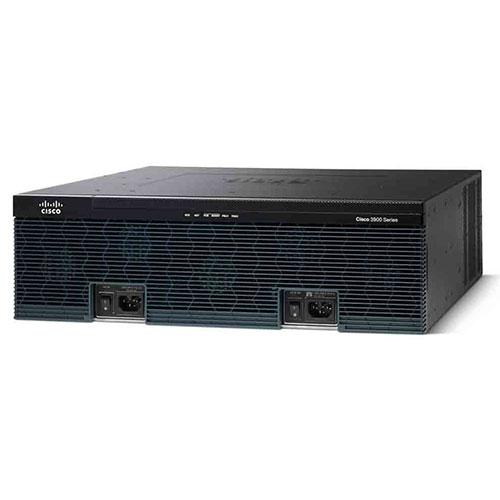Cisco 1861 and Cisco 2800, 3800, 2900, 3900, and 3900E Series unified communications routers communicate directly with Cisco Unified Communications Manager, allowing for the deployment of unified communications solutions that are ideal for small and medium-sized businesses, large enterprises, and service providers that offer managed network services. The Cisco 1861 and Cisco 2800, 3800, 2900, 3900, and 3900E Series Routers provide a highly flexible and scalable solution for small and medium-sized branch and regional offices. The Cisco 1861 and Cisco 2800, 3800, 2900, 3900, and 3900E Series unified communications routers support a wide range of packet telephony-based voice interfaces and signaling protocols within the industry, providing connectivity support for more than 90 percent of the world’s private branch exchanges (PBXs) and public-switched telephone-network (PSTN) connection points. Signaling support includes T1/E1 Primary Rate Interface (PRI), T1 channel associated signaling (CAS), E1-R2, T1/E1 QSIG protocol, T1 Feature Group D (FGD), Basic Rate Interface (BRI), foreign exchange office (FXO), ear and mouth (E&M), and foreign exchange station (FXS). You can configure these unified communications routers to support from 2 to 720 voice channels. Additionally, you can use these unified communications routers to terminate Session Initiation Protocol (SIP) trunking into the enterprise or branch office by enabling the Cisco Unified Border Element features. Additional details are available in the Cisco Unified Border Element data sheet.
IP Telephony Phased Migration
The Cisco 1861 and Cisco 2800, 3800, 2900, 3900, and 3900E Series unified communications routers can help you immediately deploy an end-to-end unified communications network architecture or gradually shift voice traffic from traditional circuit-switched networks to a single infrastructure carrying data, voice, and video over packet networks. Initially, you can use these unified communications routers to interconnect older PBXs over the packet infrastructure and still maintain PSTN (off-net) connectivity through your circuit-switched PBXs. Later, you can migrate PSTN (off-net) connectivity to the unified communications routers and start to incorporate IP phones at larger sites (Figure 1). After all sites are running IP telephony, you can begin deploying IP-based applications such as IP unified messaging, personal assistants, and extension mobility. The unified communications routers are an ideal solution for circuit-switched PBX and PSTN access within a Cisco Unified Communications Manager-based IP telephony architecture.
